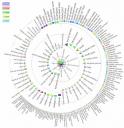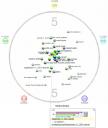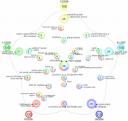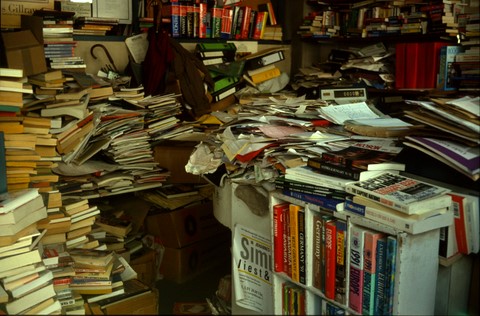A 3rd paper in nature genetics details the filaggrin gene structure: exon 3 has 10 repeats (as well as three variants FLG8+, FLG10+, FLF8+10+) and 15 SNPs – one of the few success stories in allergy research. In the discussion section, they ask the rhetoric question:
This study raises questions of interest to the complex trait field. Would SNP tagging of these multiple, relatively rare alleles, with frequencies no greater than 0.013, have readily identified this particularly strong susceptibility gene?
Nay, nay.



